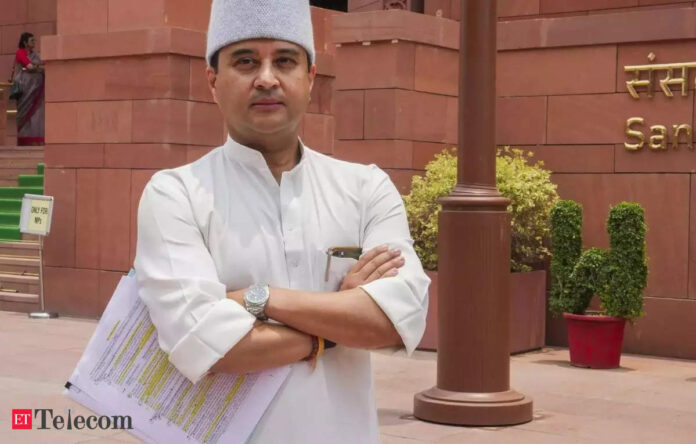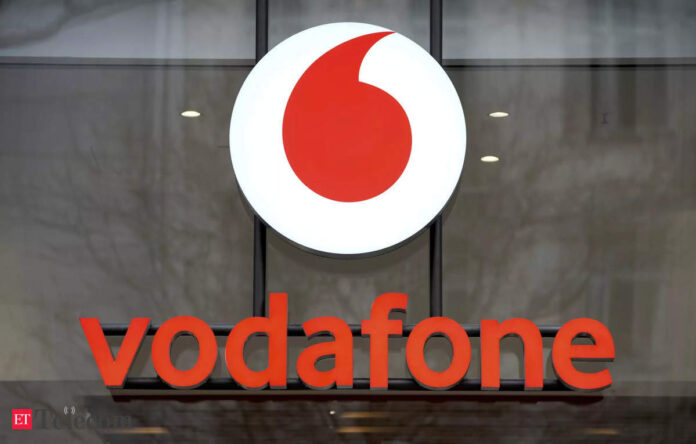In Short:
India plans to launch its homegrown 4G technology by mid-2025, enhancing telecom infrastructure and digital access. Union Minister Jyotiraditya Scindia announced that BSNL is crucial in this rollout, aiming to build 100,000 telecom towers, with 22,500 already completed. The initiative focuses on connecting unserved areas, particularly in Northeast India, which has 6,000 unconnected villages. The government has earmarked Rs 450 billion for this purpose. Additionally, India aims to lead in 6G technology, targeting 10% of international patents. Currently, over 450,000 5G towers are installed, highlighting India’s swift adoption of advanced technologies.

India is set to make waves in the telecom sector with the launch of its very own 4G technology stack, expected to go live by mid-2025. This ambitious move marks a game-changing stride towards enhancing the nation’s telecom infrastructure and digital connectivity.
A Vision With a Mission
Speaking about this transformative project, Jyotiraditya Scindia, the Union Minister of Communications and Development of the Northeastern Region, emphasized the pivotal role of Bharat Sanchar Nigam Limited (BSNL). They are gearing up to install a whopping 100,000 telecom towers to back the new 4G network. Impressively, around 22,500 of these towers have already been erected, with the complete rollout slated for the middle of next year.
Connecting the Unconnected
A heartening aspect of this initiative is its focus on enhancing connectivity for all, particularly in remote and rural locales. The government has pinpointed 25,000 villages lacking telecom services and is committed to connecting them by mid-2025, aiming for total saturation across the nation. This is especially vital for the Northeast India, which is home to about 6,000 unconnected villages, rendering it the most underserved area in the country. BSNL has been given the significant task of bridging this connectivity gap, supported by a government budget of Rs 450 billion aimed at bolstering telecom infrastructure nationwide.
Looking Ahead: 6G and Beyond
Minister Scindia also highlighted India’s aspirations to become a frontrunner in the global telecom arena by diving into future technologies, including 6G. The Department of Telecommunications (DoT) has ambitious goals to clinch 10 percent of international 6G patents through the Bharat 6G Alliance. This initiative not only enhances India’s technological capabilities but also underlines the nation’s commitment to self-reliance in telecom advancements.
Rapid Adoption of Technology
The minister showcased India’s capacity for rapid technological adaptation, noting that over 450,000 5G towers have already been established across the country. This achievement marks a significant step in shifting towards cutting-edge technologies that promise to propel India to the forefront of digital innovation.





